Stock Market Beginner’s Weekly Educational Guide 4 Day-2 : Understanding Volume in Trading by CapitalKeeper
By CapitalKeeper | Beginner’s Guide | Indian Sock Market | Market Moves That Matter I 30th June 2025
Week 4 – Day 2: Mastering Volatility in Trading
🎯 Objective:
Understand what volatility means in financial markets and how to incorporate volatility analysis into your trading strategy for better risk management and trade selection.
🔍 What is Volatility in the Stock Market?
Volatility refers to the degree of variation in a stock or index price over time. In simpler terms, it tells us how much and how quickly prices move.
- High Volatility: Indicates large price swings, usually during news events or earnings.
- Low Volatility: Reflects stable markets with minor price changes.
Key Volatility Indicators:
- India VIX (Volatility Index): Measures market expectations of near-term volatility.
- Bollinger Bands: Expanding bands = more volatility; contracting bands = less volatility.
- ATR (Average True Range): Shows how much a stock typically moves per day.
🔧 How to Use Volatility in Your Trading Strategy
- Trade Sizing with Volatility:
- High-volatility stocks may offer big returns—but also higher risks.
- Adjust your position size based on ATR or risk per trade (e.g., 1–2%).
- Entry & Exit Based on Volatility Levels:
- Breakouts: Look for high volatility surges post-breakout.
- Range Trades: Favor low volatility zones between clear support and resistance.
- Options Trading with Volatility:
- High IV (Implied Volatility): Good for selling options (premium-rich).
- Low IV: Better for buying options (cheap premiums).
📈 Real-Time Example:
Stock: Reliance Industries (RIL)
Current ATR: ₹48
Recent breakout above ₹3,000 with high volume
- High ATR indicates breakout may carry momentum.
- Entry above ₹3,020 with SL at ₹2,980 (based on ATR buffer)
💡 Volatility-Based Tools to Use:
| Tool | Use Case |
|---|---|
| ATR | For SL & position sizing |
| Bollinger Bands | To detect squeeze & breakout trades |
| Keltner Channels | Trend confirmation |
| VIX | Understand broader market risk |
🛡️ Risk Management Tips for Volatile Markets:
- Don’t overleverage during earnings or news days.
- Keep stop-losses wide in high volatility conditions.
- Use trailing stops in trending volatile markets.
🧠 Quick Recap for Traders:
| Concept | Key Insight |
|---|---|
| Volatility Measures | ATR, Bollinger Bands, VIX |
| Best Times to Trade | During volatility spikes post breakouts |
| Adjust Position Sizing | Based on daily ATR or max loss tolerance |
| Avoid Overtrading | Especially in choppy or extreme markets |
🔚 Conclusion:
Volatility is your best friend or worst enemy—depending on how you manage it. Understanding how to measure and respond to changing volatility helps you time entries better, avoid fakeouts, and protect your capital.
For more real-time updates, trade setups, and investment insights follow us on [Telegram] and subscribe to our newsletter!

📌 Disclaimer
The content provided on CapitalKeeper.in is for informational and educational purposes only and does not constitute investment, trading, or financial advice. While we strive to present accurate and up-to-date market data and analysis, we make no warranties or representations regarding the completeness, reliability, or accuracy of the information.
Stock market investments are subject to market risks, and readers/investors are advised to conduct their own due diligence or consult a SEBI-registered financial advisor before making any investment decisions. CapitalKeeper and its authors are not liable for any loss or damage, direct or indirect, arising from the use of this information.
All views and opinions expressed are personal and do not reflect the official policy or position of any agency or organization. Past performance is not indicative of future results.
By using this website, you agree to the terms of this disclaimer.



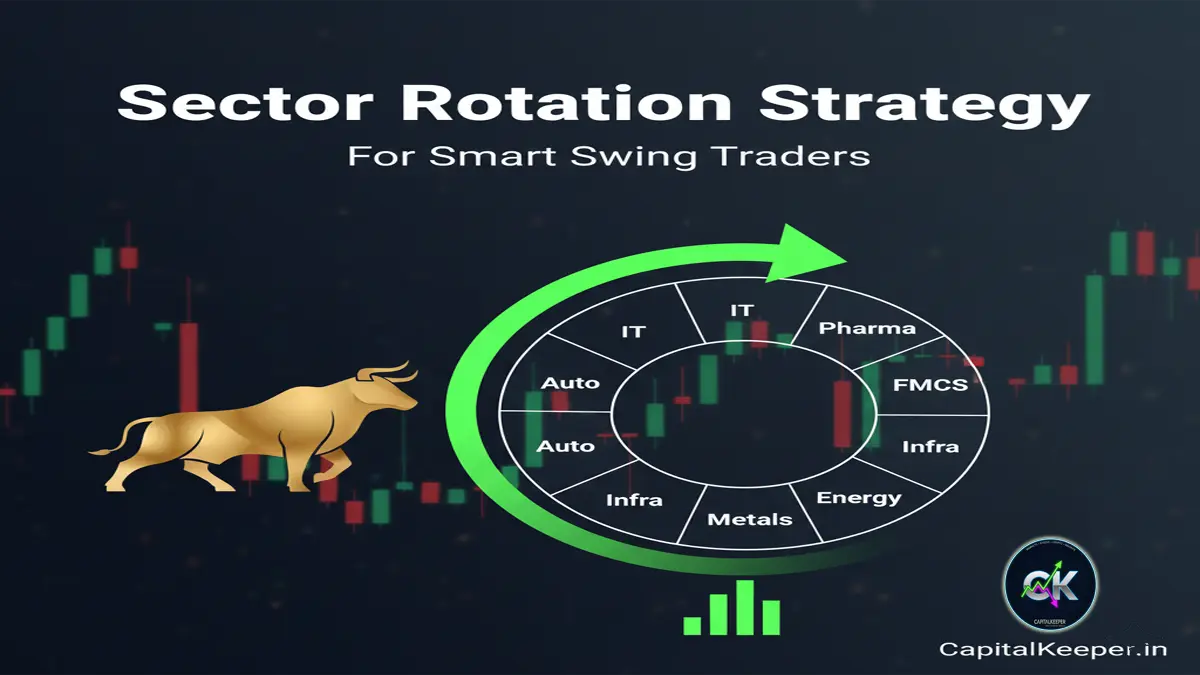




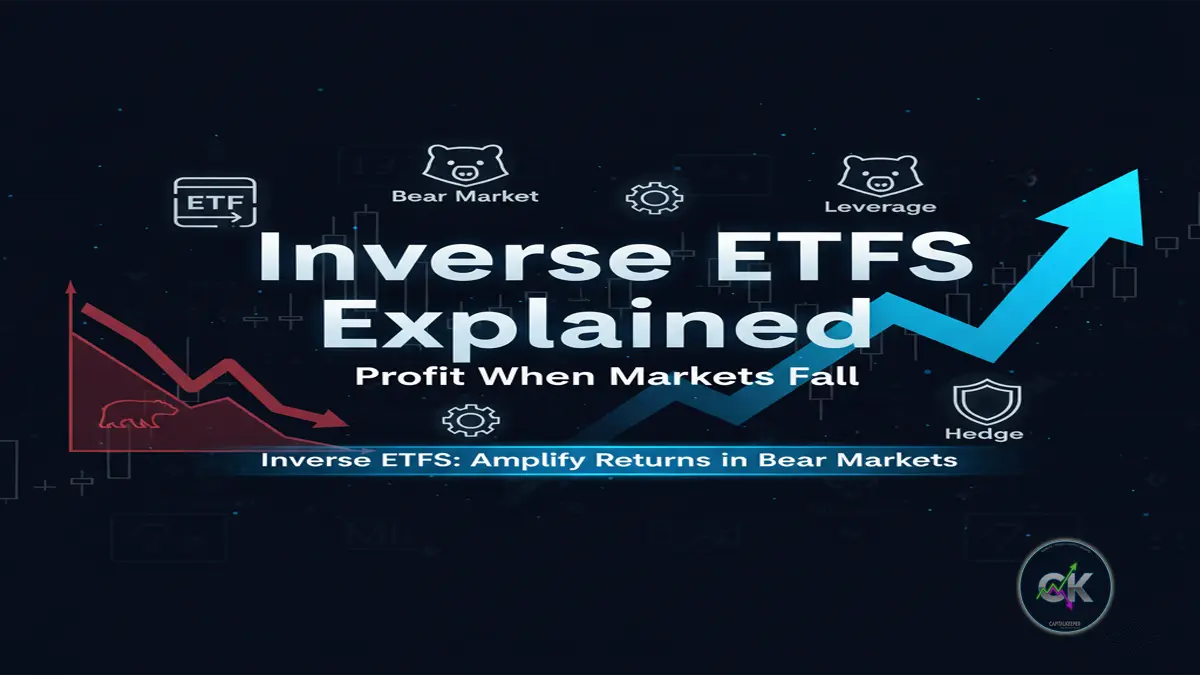



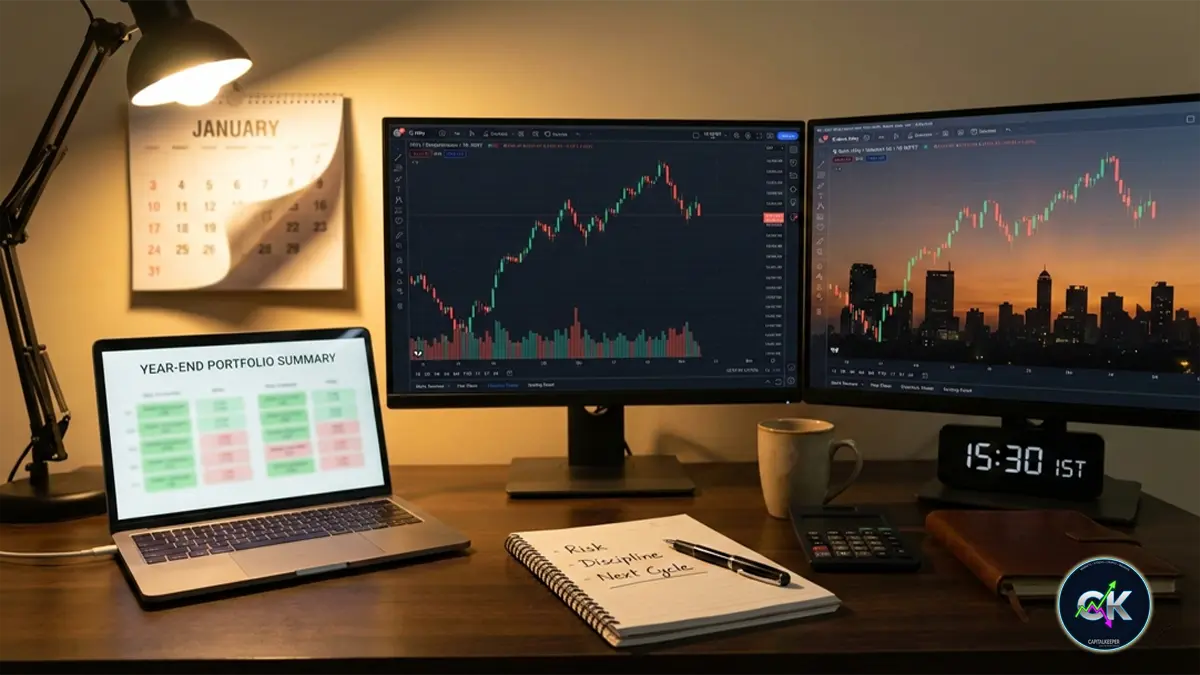
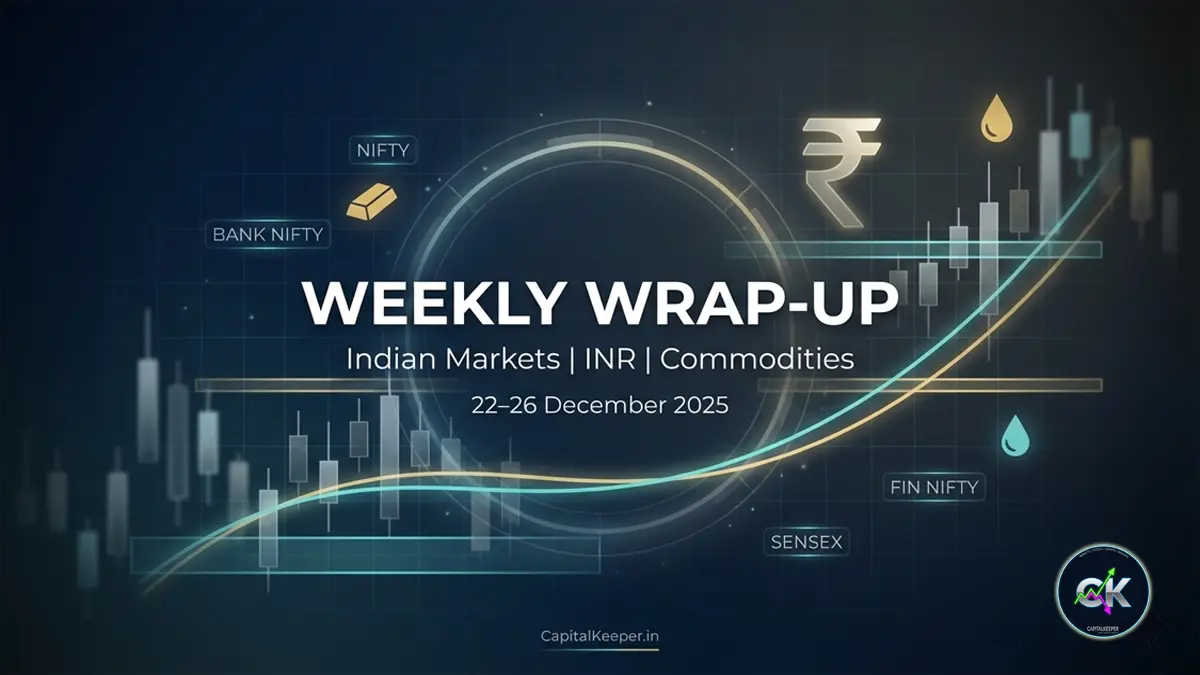
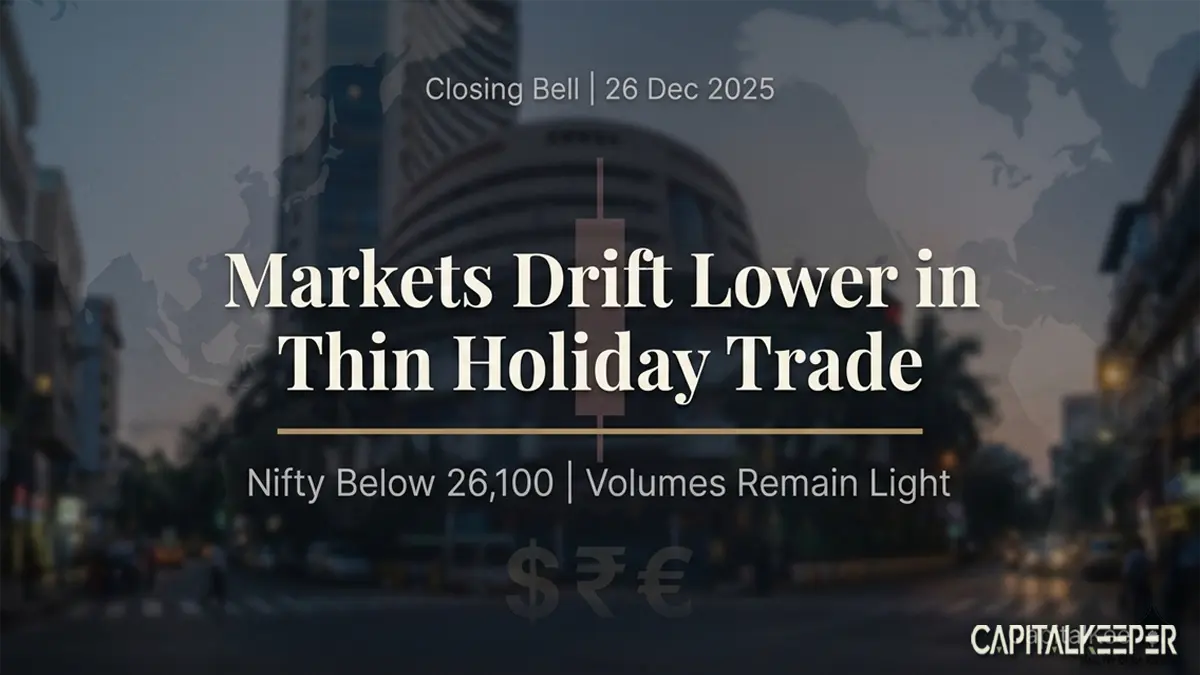

Leave a Reply